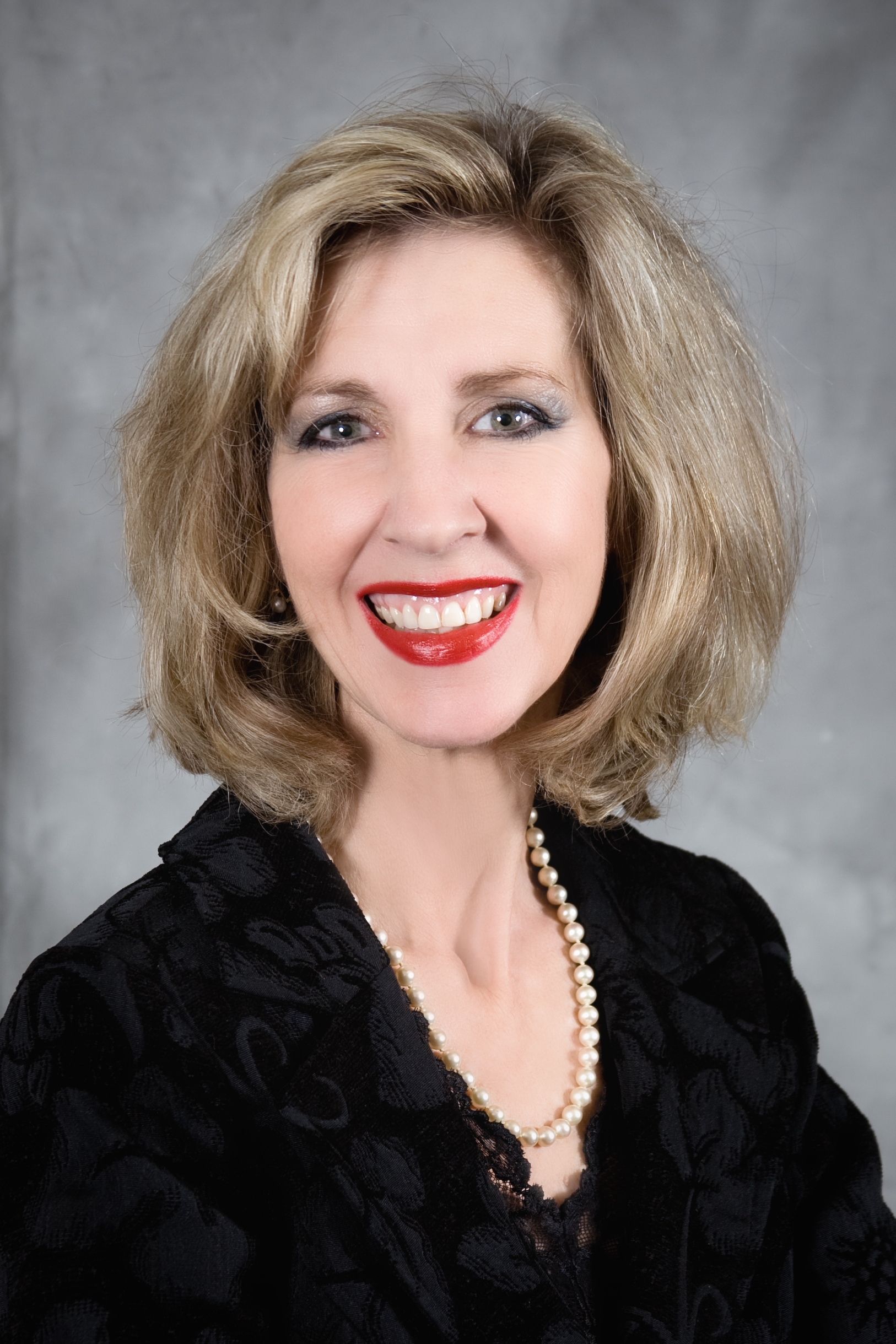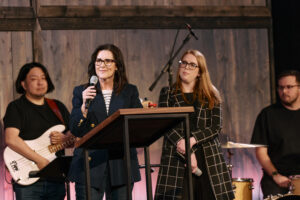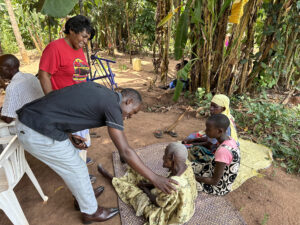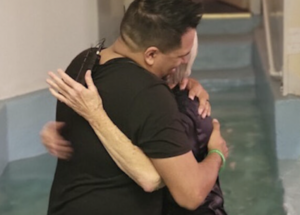
DALLAS (BP) — Recently, Tony Perkins, president of the Washington, D.C.-based Family Research Council had a 20-minute one-on-one meeting with presidential candidate Mitt Romney.
Mr. Perkins says the conversation centered on their shared concern for the direction of the country and shared values. It came up that both men had read an extensive story on the importance of marriage published three days earlier in The New York Times.
The article, by Jason deParle, is entitled, “Two Classes, Divided by ‘I Do’.” It tells the story of two women who work in a daycare center in Ann Arbor, Michigan. One of them — Chris — is the other one’s — Jessica’s — boss. But they’re friends. They both work long days. They have kids in the same age group. They both had modest Midwestern upbringings. They even got tattoos together.
Even though Chris doesn’t make all that much more than Jessica, their situations are vastly different. Chris lives in a three-bedroom house in a nice subdivision. Her kids are in sports, scouting and summer camps. The family takes an annual Disney cruise. Her husband, Kevin, works a shift that gets him home in time to take their boys to afternoon swim practice. Plus, he helps manage the Boy Scout troop.
Jessica’s family life is much different. Two of her three kids come to work with her in the early morning before she can take them to school. They live in a struggling district. Each kid gets one sports season per year and the family is on food stamps.
The gap between these two women’s situations stems from a growing educational and marriage divide. Increasingly, the two divides coincide.
Both Jessica and Chris grew up in traditional homes. Both went off to college. But Jessica got pregnant her freshman year, lost her basketball scholarship and dropped out. She never married her children’s father. He finally left six years ago. There was another man in the house for a while. He left, too.
Meanwhile, Chris and Kevin did things in standard order: High school, college, job, marriage, then children.
In his piece, Jason DeParle writes that, “Across middle America, single motherhood has moved from an anomaly to a norm with head-turning speed,” extending into what he refers to as “the lower reaches of the middle class.”
In 1990, 10 percent of births to white women with some post-secondary schooling, but not a college degree, occurred outside of marriage. Now it’s 30 percent. Forty-one percent of all births in the U.S. happen outside of marriage, up from 17 percent 30 years ago.
All the studies show that, without the stable presence of a father in the home, kids are poorer, have more problems in school and in their academic performance and face a worse economic future. They’re also more likely to become teenage parents and extend the cycle.
It would be great if both presidential candidates would read this story and be motivated by its lessons.
–30–
Penna Dexter is a conservative activist and frequent panelist on the “Point of View” syndicated radio program. Her weekly commentaries air on the Bott and Moody radio networks. Get Baptist Press headlines and breaking news on Twitter (@BaptistPress), Facebook (Facebook.com/BaptistPress ) and in your email ( baptistpress.com/SubscribeBP.asp).

















